Review for Log Horizon Part 1
Introduction
It’s this again! Once again I approach the arrival of a new anime in the UK with the trepidation of someone wandering across a field of cows barefoot. And once again it’s a show that the majority of the fan base has been raving about, rubbing their hands with glee at its imminent release. It’s another gaming title. I like my fictional universes to be direct. I just don’t see the point of a fictional universe whose inhabitants spend all of their time in another fictional universe. It creates an extra degree of removal from the emotional content, adds a faux layer of complexity. I have very little time for shows where characters live their lives out in videogames. If you want to make a fantasy show, make a fantasy show; you don’t have to rationalise its magical rules by turning it into a VR game that the characters are playing. As you can guess, what little experience I’ve had with the .hack universe has left me cold, while I actively loathe Sword Art Online. Last year’s Accel World offers something a little different, game mechanics that made sense in the context of the story, but it ultimately failed for me for a wholly different reason.
Anyway, it’s time to stock up on items, replenish mana, and brush up on the spells, as we’re heading into another fantasy game world again, where the players are trapped once more, without access to an off button. It’s Log Horizon, which fans have found to be something different, more complex, engaging, or at least that’s what I’ve read. Certainly Log Horizon has garnered enough success to warrant a second season, taking it up to 50 episodes. Sentai Filmworks have both seasons on license, but MVM are just starting out with the first to see if the UK fanbase is as profligate as they are vocal. It is coming on Blu-ray, and if you want the second season to come out the same way, I’d suggest not waiting for a sale or a bargain bucket, instead buying it soonest, while the sales figures can still influence future release strategies. As usual, I’m taking a look at the DVD release of the show.
Tell me if you have heard this story before. Elder Tales was a popular RPG, one that had grown and prospered online, attracting hundreds of thousands of fans and gamers worldwide. One of them is an Enchanter named Shiroe, who has levelled up to the max, but has done so by eschewing the usual guild system, and going it relatively alone, opting for loose and brief alliances rather than being tied down to a guild. Then one day, the newest expansion pack is added, the Novasphere Pioneers update, and suddenly Apocalypse occurs. Now all of the gamers that were online are ‘trapped’ in the game. They can’t log out, and dying simply resurrects them. Now they are full time residents in a fantasy, alternate Japan, still in the game, but now no longer playing, but actually living their lives according the gameplay rules. But as time passes, this online community starts developing in unexpected and unsavoury ways, certainly not the Elder Tales gameworld that Shiroe and his friends initially wanted to escape into. If he wants to make a positive change in this world, Shiroe might have to do the unthinkable, start a guild of his own...
Log Horizon Season 1 Part 1 offers 13 episodes across two discs thus.
Disc 1
1. The Apocalypse
2. The Roka Encounter Battle
3. Palm’s Deep End
4. Escape
5. Return to Akiba
6. Resolve
7. Crescent Moon
Disc 2
8. Devious Four-Eyes
9. Round-Table Meeting
10. Get It With Your Own Hands
11. The Invitation From Eastal
12. Laglanda Forest
13. The Shield and Freedom
Picture
Log Horizon comes to the UK from MVM after going through the localisation mill of Sentai for the dub and subs, and Madman Entertainment for the Region 2 PAL transfer. It’s the usual 1.78:1 anamorphic treatment, clear and sharp throughout, with well defined characters and adequate animation, perking up for the action sequences, but doing little more than the minimum for the character interactions. The colour palette is somewhat subdued, although not for the game interface design. The fantasy world design is both effective and unimaginative, if that is at all possible. The world of Elder Tales is presented as a mirror of the ‘real world’ albeit one reclaimed by nature. No traffic in the streets, buildings covered in vines, cities co-existing with jungles. As a post-apocalyptic world it’s striking and effective a look, but it didn’t take a lot in the way of imagination from the animators and world designers to come up with. The show scales-up adequately to an HD panel, but if you’re watching it on an HD set, you might as well go for the Blu-ray release.
Sound
You have the choice between DD 2.0 English and Japanese, with optional translated subtitles and a songs and signs track, and given the plethora of stat displays for the Elder Tales interface, you might be pressing pause quite often in the show to take in what people’s special skills and level attainments are. I was happy with the original language track, stereotypical characters notwithstanding, and everything came through with clarity and the right degree of presence. Speaking of stereotypical characters, they’ve combined the effeminate male with the cat-person stereotype for a new level of annoying, not just the voice, but the subtitles too, delivering cat-puns ad-nauseam (or should that be ad nyauseam?). I gave the dub a quick try, and unlike the usual Sentai efforts, I wasn’t immediately driven to pressing the off button. However the English dub did sound a little hollow to my ears.
Extras
The discs present their content with static menus. The sole extras are on disc 2, and comprise the textless credits sequences. Each episode ends with a translated white text on black, credit reel.
Conclusion
Six episodes! It took six episodes before I got that tingle in the back of my neck that’s the sign of a show that I actively want to watch. If a 50 episode count isn’t enough of an indication, getting halfway through this set before actually having my interest engaged is the sign of a slow-burner of a show. On top of that Log Horizon doesn’t make it at all easy, burying what’s most interesting about it beneath a landslide of character clichés and trite interactions. As a show, this might just be a wolf in sheep’s clothing. It’s whether you want to put in the effort to shear off that fuzzy stuff to get to the lethal fangs beneath that will decide if Log Horizon is worth your time.
As I mentioned at the start of this review, this is not my favourite genre of anime, the trapped in a gameworld trope that I find so distracting, a way to make a Lord of the Rings style fantasy appeal to the Internet generation. And for those first five or six episodes, Log Horizon cleaves faithfully to that trope, with main characters exploring the world that they are trapped in, trying to figure out what happened to them, and regaling the viewer with all the jargon, rules, and quirks of this fantasy realm.
Shiroe’s the odd one out at the start of series, the star player of the game who eschews getting too close to others, playing the game exactly by the rules by forming a close guild, and instead opting for loose associations. You get some idea of the reasoning behind this as the story unfolds, but the first thing he does when Apocalypse happens is that he hooks up with a couple of his online friends so that they can investigate further. Naotsugu is a knight who’s outgoing and friendly, even if he has a tendency to run away with his mouth. The first surprise comes with his second friend, the Assassin Akatsuki, who to this point has been a secretive and dark man, but who actually turns out to be a cute young girl (if you’re permanently trapped in a game world, you might as well wear your own body instead of your game avatar), who dotes on Shiroe, but has a lethally short fuse when it comes to Naotsugu’s sense of humour.
It’s when they visit the Crescent Moon Alliance guild, and respond to their request to help one of their members in another city that you begin to get an idea of where the show is going. Serara is hiding out with another of Shiroe’s friends, Nyanta, in the city of Susukino, and when Shiroe gets there, he learns that the established guilds and stronger players are now preying on the weak to prosper in the game world. While they rescue Serara, and are reunited with the effeminate catman Nyanta, it turns out that the same is true in their home city of Akihabara as well. The previous game mechanics which made Elder Tales so much fun, are now being perverted to allow the strong to prosper on the backs of the weak.
Of course this is all happening behind the usual ‘trapped in a gameworld’ shenanigans, and it’s further obscured by the clichéd character stereotypes. Shiroe is a little non-descript as a protagonist, hiding his cunning behind a rather bland exterior. Naotsugu will start to say something perverted, at which point Akatsuki will drop-kick him in the face before asking permission to do so from Shiroe, and Naotsugu will complain that he can’t even get his dirty joke out to completion, repeat at least twice an episode. Nyanta is a camp cat that says ‘Nya’ a lot, and otherwise is a font of wisdom. Maryelle of the Crescent Moon Alliance is enthusiastic and friendly, and dominated by her secretary Henrietta. Henrietta develops a worrying girl crush on Akatsuki, and keeps trying to get her to cosplay. Serara is cute and moe. It’s like the creators have these clichés on order, just push a button and the scenes appear automatically in the anime, without any effort or work.
Episodes 5 and 6 are where it begins to change, as Nyanta reveals that he can create food with taste. Since Apocalypse, all the food accessible through the game engine has been tasteless and unappetising. Nyanta has figured out how to actually cook food in this world, and it changes everything. Episode 6, where I started tingling, is where the truth about Log Horizon is revealed. It’s not about a game; it’s about building a new world, a new life. Shiroe and the others have been trapped in a world based on a game, where the powerful have been abusing the game rules. Shiroe learns that there is a different way, that creation is now possible in the world, crafting food, items, and even ideas that were never envisaged in the original game. It also becomes apparent that the Non Player Characters are no longer just random bits of code designed to supply the Adventurers with quests, that the People of the Land as they are known now have personalities, have a society, have depth.
Shiroe decides to create a better, fairer world for all of the players, and he starts by finally creating a guild for him and his friends, the eponymous Log Horizon, and he then starts manipulating the game mechanics for the greater good, rather than personal gain, initially to establish a council of guilds to address what is wrong in the world, and how to go about rectifying it. Log Horizon becomes about politics, and it becomes about economics, and it becomes interesting and enjoyable, despite the clichéd characters, and comic diversions. And every once in a while, a little hint might be dropped that reminds us that they are trapped in a game world, and there might just be a reason as to why.
After an opening half that threatened to put me to sleep with its predictability, Log Horizon Series 1 Part 1 really opened up with an idea of its potential as a complex and interesting series. It’s a slow burner, and it’s a show that you’ll have to put some time into, take a long view with, as at this point it is 50 episodes in length. But it might just be rewarding.
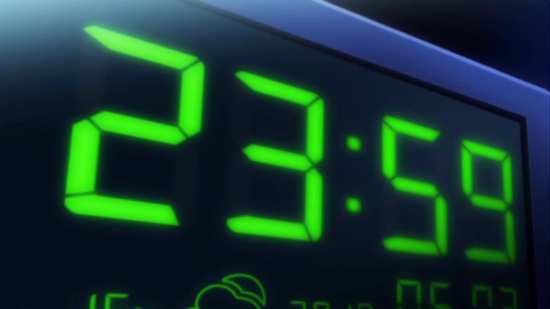


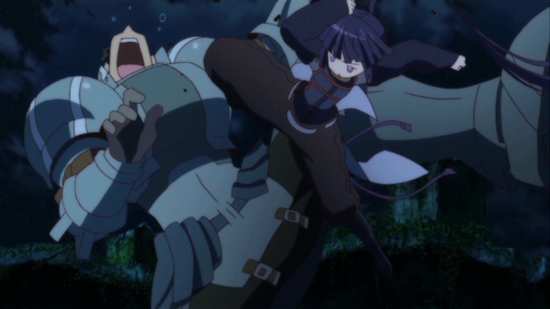
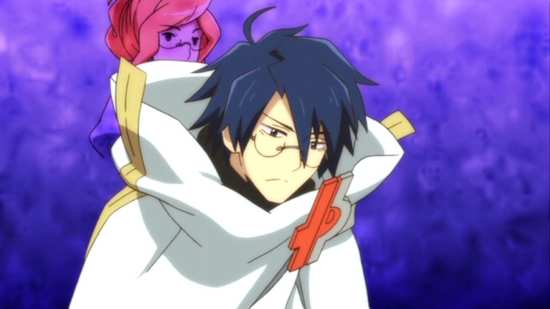
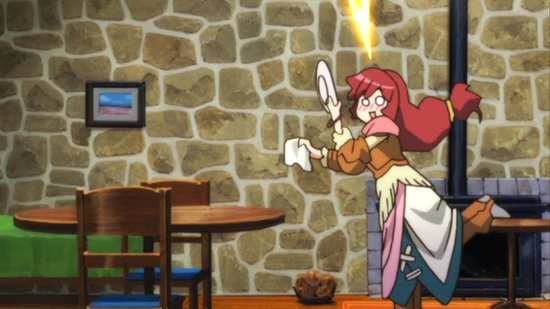
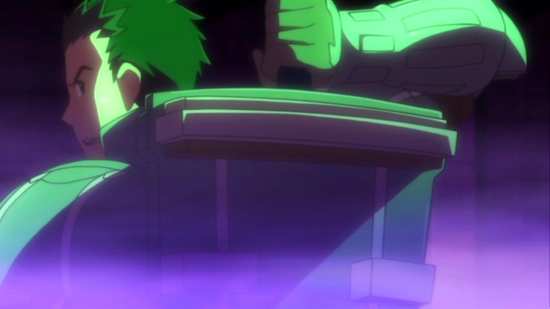
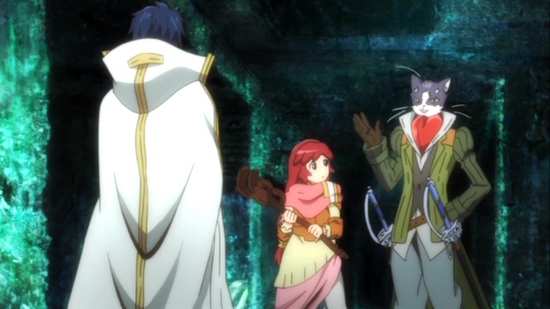
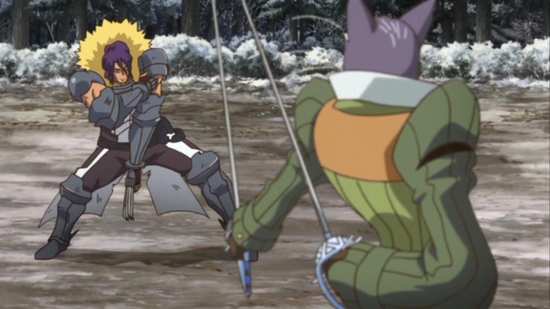
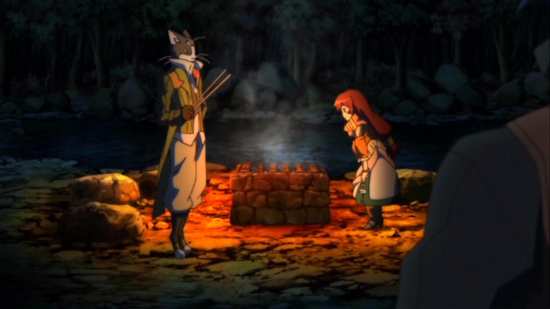

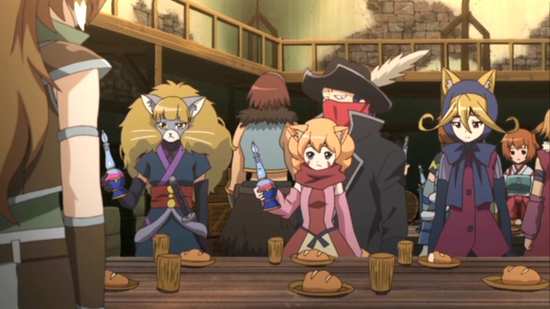
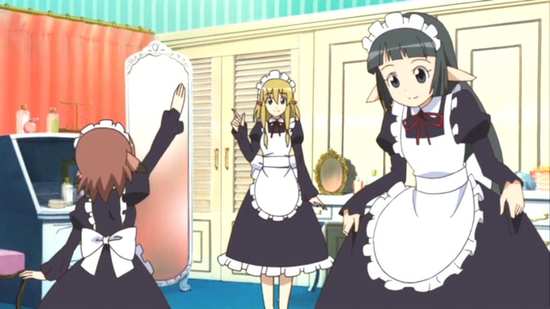
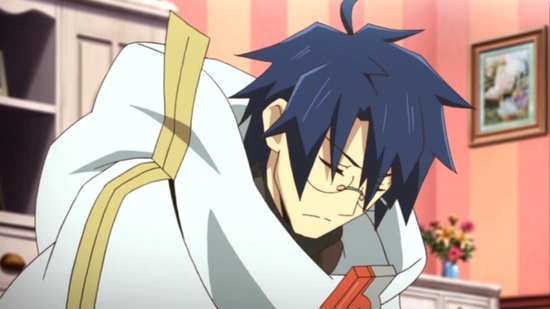
Your Opinions and Comments
Be the first to post a comment!